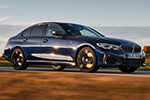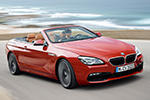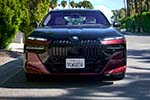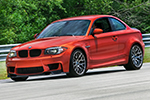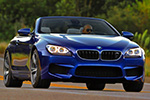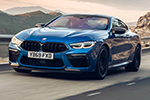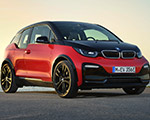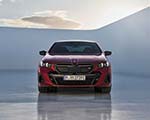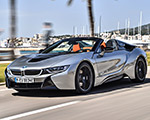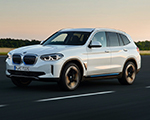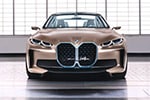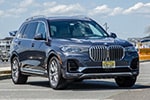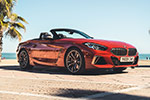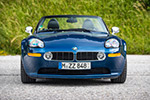Winning the electric SUV race isn’t just about range and performance. Just as important is how the cabin feels once you’re inside. BMW and Porsche take very different approaches with the iX3 and the upcoming Cayenne EV, and those choices say a lot about where each brand sees the future of luxury. The iX3 leans into BMW’s evolving philosophy of fewer screens and more intuitive interaction, while Porsche embraces a tech-forward cabin with a dizzying array of screens that still carries familiar brand hallmarks.
Despite the Cayenne EV being a big step for Porsche, the interior, in many ways, feels familiar to those who’ve sat in a Porsche before. The steering wheel shape is familiar, and materials look to be top notch as always. The chronometer atop the gauge cluster is nearly anachronistic in the otherwise very modern cabin. A panoramic glass roof overhead ensures the cabin feels properly luxurious, and ambient lighting is more or less everywhere. Like with BMW, most functions can be accessed at least via screen and voice, with some functions having physical redundancies. Porsche says the Cayenne EV offers a max of 56 cubic feet (1,586 liters) of cargo space. Despite the Cayenne, historically, being larger than the X3, the iX3 offers 61.8 cubic feet (1,750 liters). Porsche further claims 13 interior color combinations, which is likely more than BMW will offer on the iX3. However, with options like a green interior in the works, they might not be quite as interesting.
Technology: BMW iX3 vs. Porsche Cayenne EV
Since we don’t get a great look at the seats or cargo area yet, we’re mainly left to really ruminate on the stark difference between Porsche’s and BMW’s approach in one of the most important, and divisive, areas concerning automotive interior design: screens. Whereas BMW has moved away from the multi-screen look, Porsche has taken a perhaps more mainstream approach. The Cayenne EV is a screen wonderland, with no less than four screens at the driver’s (and passenger’s) fingertips. One similarity with BMW is the presence of a handful of physical buttons. Unlike the BMW, Porsche seems to leave a few real buttons on the steering wheel, too. Porsche also introduces “Mood Modes,” which largely mirror how BMW’s driving modes have shifted into “My Modes.” Essentially, these configure the cabin lights, stereo, and ventilation settings to a preset way that channels how the driver is feeling at the time.
Of course, there’s also an elephant in the room: price. BMW’s iX3 starts from “under $60,000.” We don’t yet know what Porsche asks for the Cayenne EV, which is unsurprising considering the marque hasn’t even fully revealed the Cayenne EV’s exterior. But we’re hazarding a guess that the Cayenne EV won’t leave the showroom floor for much less than six figures. After all, the Macan EV starts at $83,950, nearly $20,000 more than its gas-powered sibling commanded. A standard Cayenne starts at $88,800. We look forward to see how the Cayenne EV compares to the iX3 in other areas as more information trickles out ahead of its mid-2026 sale date.





















